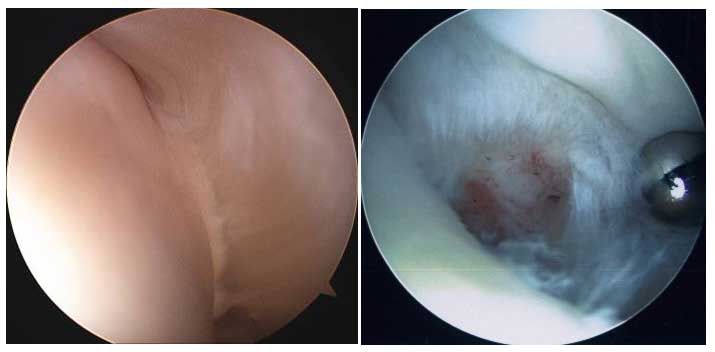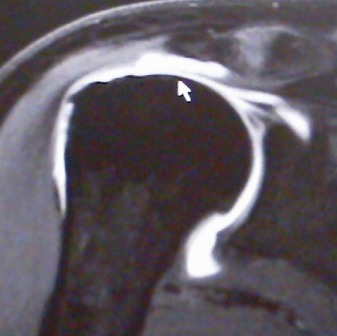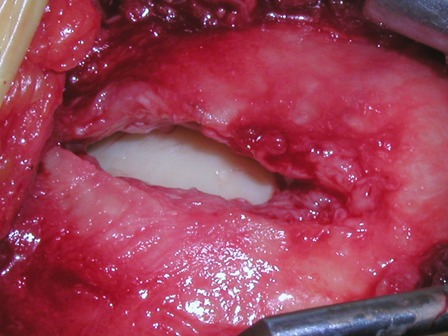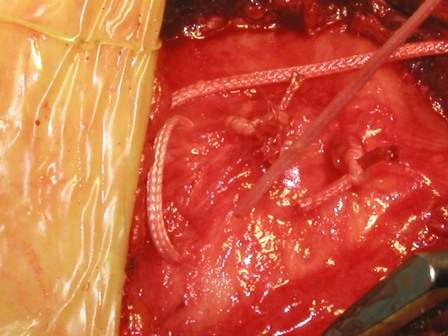Torn Rotator Cuff Surgical Photos
Normal rotator cuff vs. a torn rotator cuff
As seen through a scope.

Torn Rotator Cuff Surgery

MRI of a rotator cuff tear

Large longitudinal rotator cuff tear

Rotator Cuff Surgical Photos of Torn Rotator Cuff
Schedule Your Appointment Today!
As seen through a scope.



